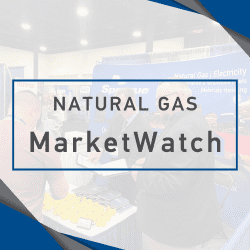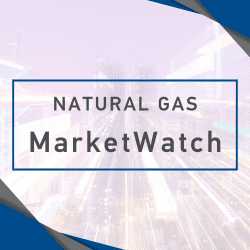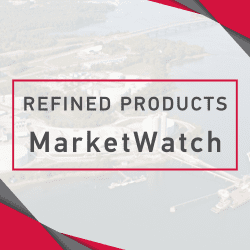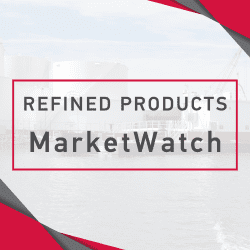Recap: Oil futures began Tuesday’s session trading to the downside, only to encounter buyers down below. Trading remained choppy throughout the session, as traders honed in on several key factors. Including low U.S. inventories, OPEC production quotas and efforts by Washington to control energy prices by releasing oil from strategic reserves. The invasion of Ukraine by Russia also remains a key concern. Front Month NYMEX Crude for July delivery gained 91 cents per barrel, or 0.77% to $119.41, the second highest settlement this year. August Brent gained $1.06 per barrel, or 0.89% to $120.57. Front Month NYMEX RBOB Gasoline for July delivery lost 3.53 cents per gallon, or 0.84% to $4.1577, the fourth highest close in history but down 9.45 cents or 2.22% over the last two sessions. July ULSD lost 3.95 cents per gallon, or 0.91% to $4.3206, snapping a 10 session winning streak.
Market Analysis: As of Monday’s report, we have adjusted the spot continuation chart we have been monitoring to include the upswing from the December low of $62.43. Although this does not change the bullish hue of this market, it does set higher the point of breakout on the ascending channel. We are still looking to buy on dips within this channel as long as we hold above $110. Resistance above the channel remains at $126.85 and $130.50. Support above the $110 level is seen at $116.19.
Fundamental News: In its Short Term Energy Outlook, the EIA reported that world petroleum demand in 2022 is forecast to increase by 2.28 million bpd to 99.63 million bpd and by 1.69 million bpd to 101.32 million bpd in 2023. Total oil production in 2022 is expected to increase by 4.51 million bpd to 100.08 million bpd and by 2.02 million bpd to 102.1 million bpd in 2023. OPEC oil production is estimated to increase by 2.52 million bpd to 28.8 million bpd in 2022 and by 650,000 bpd to 29.45 million bpd in 2023. The EIA reported that U.S. crude oil output in 2022 is forecast to increase by 730,000 bpd to 11.92 million bpd. U.S. crude oil output in 2023 is forecast to increase by 1.05 million bpd to 12.97 million bpd. Meanwhile, U.S. petroleum consumption is forecast to increase by 750,000 bpd to 20.53 million bpd in 2022. U.S. petroleum demand in 2023 is estimated to increase by 200,000 bpd to 20.73 million bpd in 2023. U.S. gasoline demand in 2022 is expected to increase by 90,000 bpd to 8.89 million bpd and by 10,000 bpd to 8.9 million bpd in 2023. U.S. distillate demand is forecast to increase by 30,000 bpd to 3.97 million bpd in 2022 and by 30,000 bpd to 4 million bpd in 2023. In regards to prices, the EIA expects prices to average $108/barrel in the second half of 2022 and then fall to $97/barrel in 2023.
Goldman Sachs increased its Brent oil price forecasts by $10 to $135/barrel for the period between the second half of 2022 and the first half of next year, noting that a structural supply deficit was still unresolved. Goldman Sachs analysts said prices would need to increase to the forecast level for supply to normalize by late 2023.
Morgan Stanley continues to see Brent reaching $130/barrel during the third quarter in its base case scenario, with upside to its bull case forecast of $150/barrel.
J.P. Morgan forecast oil demand will increase 2.6 million bpd year on year in 2022 to 100.2 million bpd or 300,000 bpd below demand seen in 2019. It stated that if gasoline prices remain 50% above the August 2011-2019 seasonal price of $3/gallon, demand could be lower than its 9.7 million bpd estimate for August 2022 by 430,000 bpd.
Early Market Call – as of 8:30 AM EDT
WTI – July $120.50, up $1.10
RBOB – July $4.1727, up 1.50 cents
HO – July $4.3321, up 1.15 cents
View the Sprague Refined Products Market Watch Report in a downloadable pdf format by clicking below.
Click to view more online:
Heating Oil Supplier
Diesel Supplier
View market updates
View our refined products glossary
Go to SpraguePORT online










